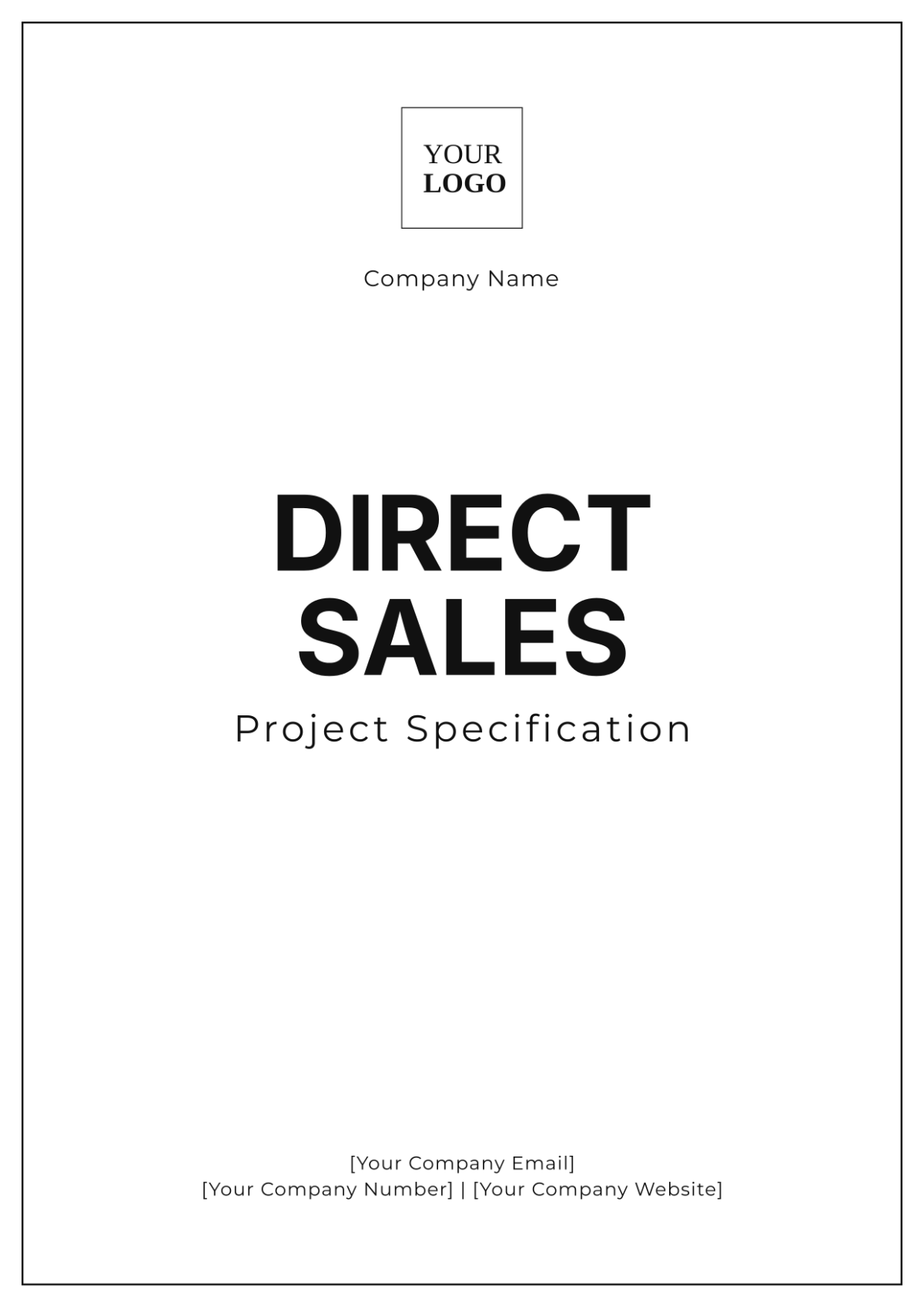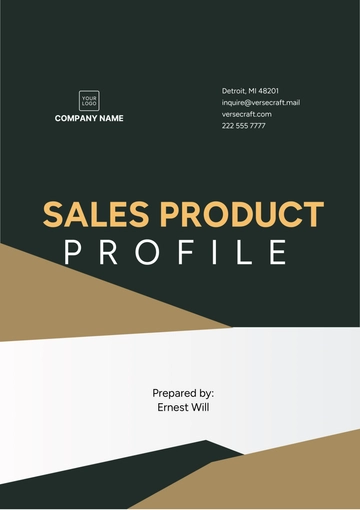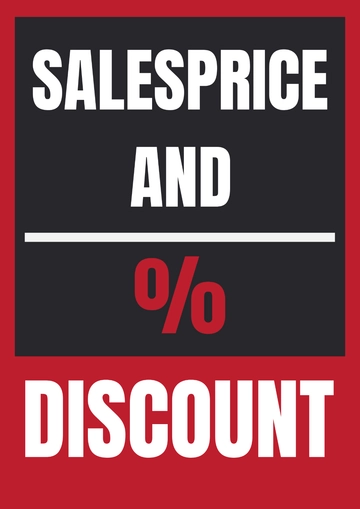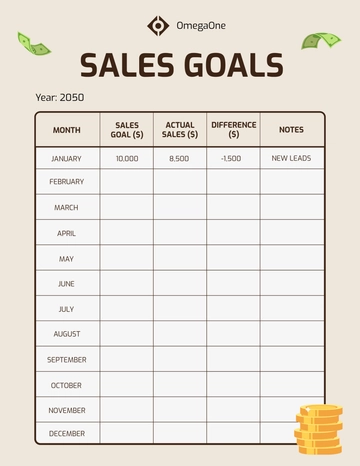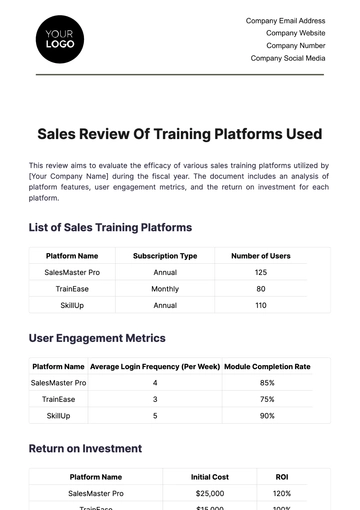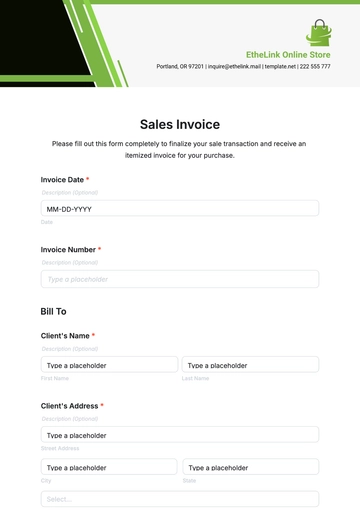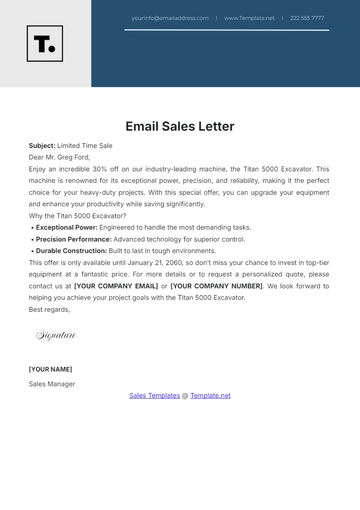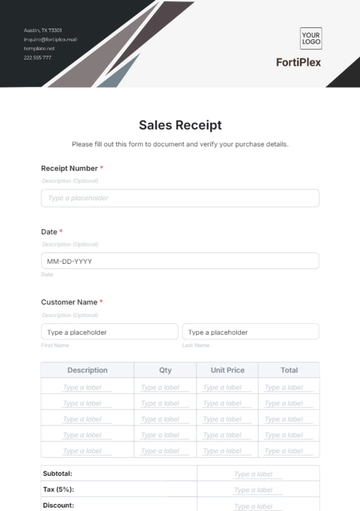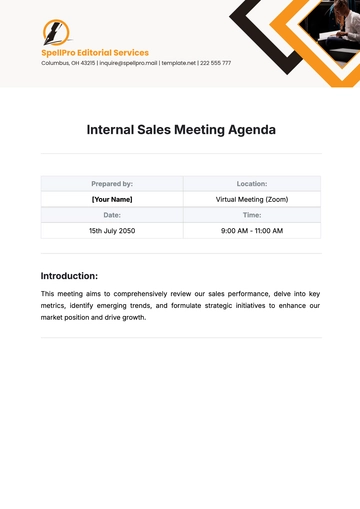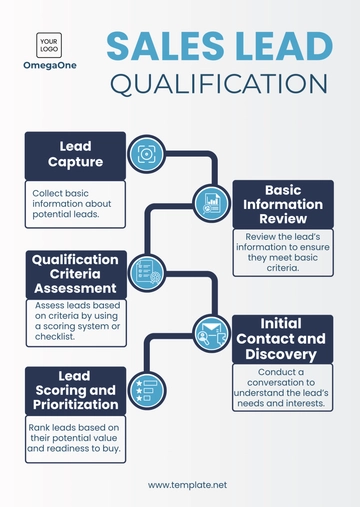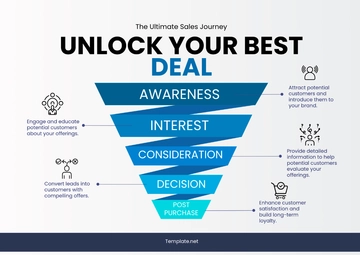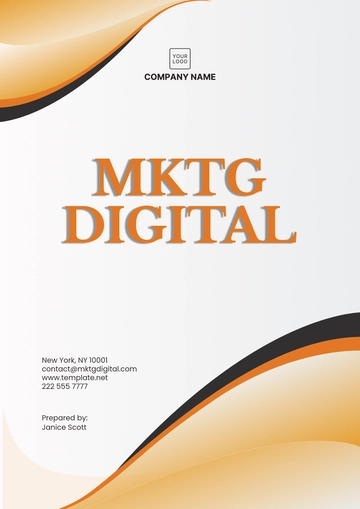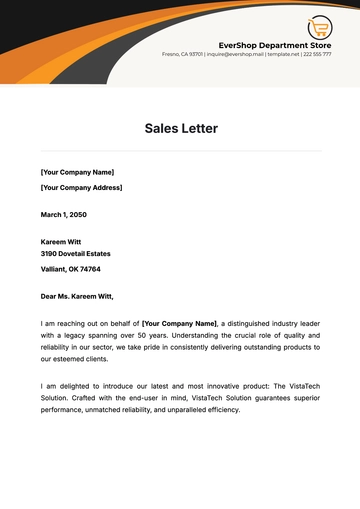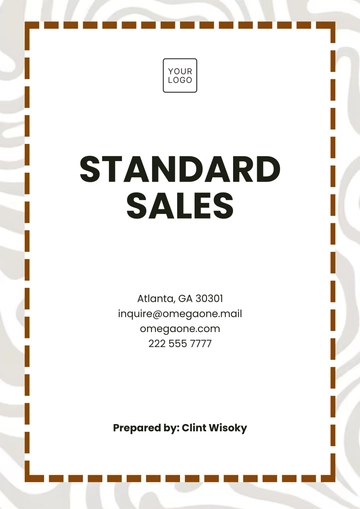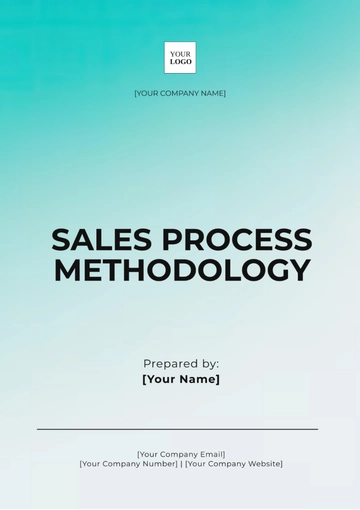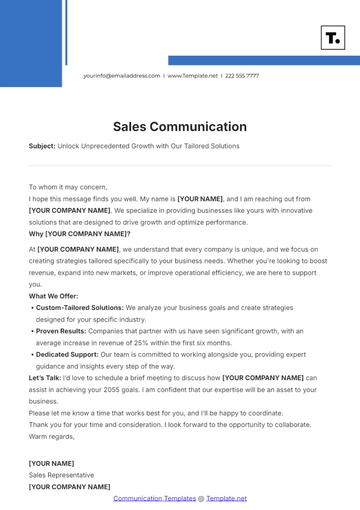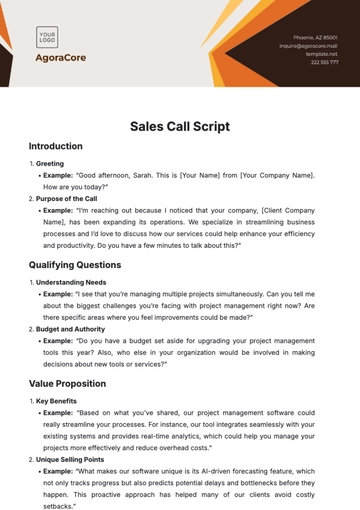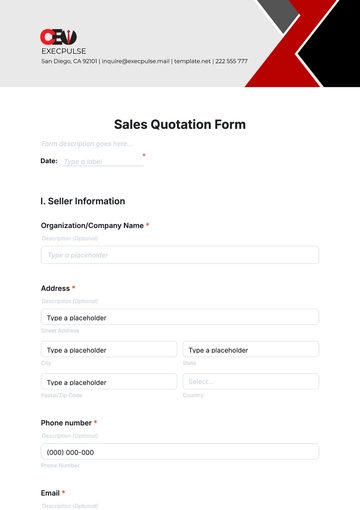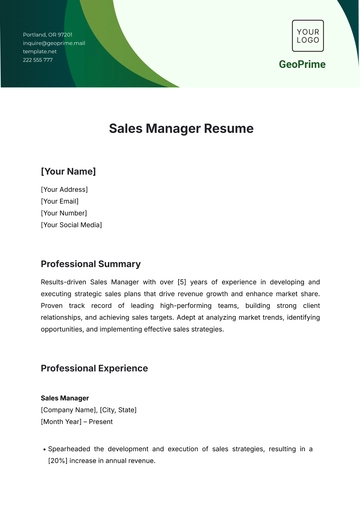Direct Sales Project Specification
Prepared By: [Your Name]
Date: [Date]
I. Introduction
The Direct Sales Project Specification outlines the framework and requirements for implementing and managing a direct sales initiative. This document serves as a comprehensive guide to ensure all stakeholders are aligned and the project is executed effectively to achieve the desired sales objectives.
Objectives
Define the goals of the direct sales project.
Establish a clear strategy and approach for achieving these goals.
Ensure alignment among all team members and stakeholders.
Provide a structured plan for execution, monitoring, and evaluation.
II. Requirements
A. Project Scope
Sales Targets: Reach $10 million in revenue and 100,000 units sold.
Market Focus: Focus on the eco-friendly and energy-efficient appliance market.
Sales Channels: Utilize e-commerce platforms, direct mail campaigns, and in-person sales events.
Budget: Total budget of $2 million for marketing, sales tools, and personnel.
B. Functional Requirements
Sales Tools: Implement CRM software (e.g., Salesforce), sales automation tools (e.g., HubSpot), and analytics platforms.
Training: Provide training programs on product features, sales techniques, and customer service.
Marketing Materials: Develop brochures, digital ads, and product demonstrations.
C. Non-Functional Requirements
Performance Metrics: Monitor sales performance, customer satisfaction, and return on investment (ROI).
Compliance: Ensure all sales practices adhere to environmental regulations and consumer protection laws.
Quality Assurance: Maintain high standards for product quality and customer interactions.
III. Sales Strategy
A. Approach
Direct Sales Techniques: Utilize personalized sales pitches, product demos, and special offers.
Sales Pitch: Develop a standardized sales pitch to be used by the sales team.
Lead Generation: Employ digital marketing, trade shows, and partnerships with eco-friendly organizations.
B. Target Market
Customer Segmentation: Target eco-conscious households, tech enthusiasts, and early adopters.
Market Research: Conduct surveys and focus groups to identify consumer preferences and trends.
Customer Profiles: Create profiles for target customers, including their purchasing behavior and preferences.
IV. Process and Workflow
A. Sales Process
Lead Acquisition: Generate leads through online advertising and partnerships.
Lead Qualification: Evaluate leads based on their interest level and purchasing potential.
Sales Presentation: Present product features and benefits through virtual meetings and in-person demos.
Closing: Finalize sales through secure online transactions and in-store purchases.
Follow-Up: Conduct follow-up surveys and provide customer support post-sale.
B. Workflow Diagram
Stage | Description | Responsible Party |
|---|
Lead Acquisition | Generate leads through various channels | Marketing Team |
Lead Qualification | Assess lead potential and readiness | Sales Team |
Sales Presentation | Deliver presentations and product demos | Sales Representatives |
Closing | Complete sales transactions | Sales Representatives |
Follow-Up | Engage with customers post-sale | Customer Service Team |
V. Roles and Responsibilities
Project Manager: Oversees the entire project, ensuring milestones are met, and the project stays within budget.
Sales Team: Executes the direct sales strategy, interacts with customers, and closes sales.
Marketing Team: Develops marketing materials, generates leads, and supports the sales team.
Customer Service Team: Handles post-sale inquiries, provides support, and ensures customer satisfaction.
VI. Timeline
Milestone | Deadline | Responsible Party |
|---|
Project Kickoff | January 15, 2050 | Project Manager |
Sales Strategy Finalization | February 28, 2050 | Sales Team |
Training Program Completion | March 31, 2050 | HR/Training Team |
Launch of Direct Sales Campaign | April 15, 2050 | Sales Team |
Mid-Project Review | August 15, 2050 | Project Manager |
Project Completion and Evaluation | December 31, 2050 | Project Manager |
VII. Resources
A. Budget:
$2 million allocated as follows:
Category | Amount |
|---|
Marketing | $800,000 |
Sales Tools | $500,000 |
Personnel | $700,000 |
B. Personnel:
C. Tools and Technologies:
VIII. Performance Metrics
Sales Volume: Achieve $10 million in revenue and 100,000 units sold.
Revenue: Total revenue generated from direct sales.
Conversion Rate: Achieve a conversion rate of 15% from leads to sales.
Customer Satisfaction: Target an average customer satisfaction score of 90% or above.
IX. Risk Management
A. Potential Risks
Market Risks: Fluctuations in consumer demand for eco-friendly products.
Operational Risks: Delays in product delivery or issues with sales tools.
Financial Risks: Budget overruns or unexpected expenses.
B. Mitigation Strategies
Market Risks: Regularly review market trends and adjust marketing strategies accordingly.
Operational Risks: Establish contingency plans and maintain strong relationships with suppliers.
Financial Risks: Monitor the budget closely and adjust allocations as necessary to stay within financial limits.
Project Specification Templates @ Template.net
